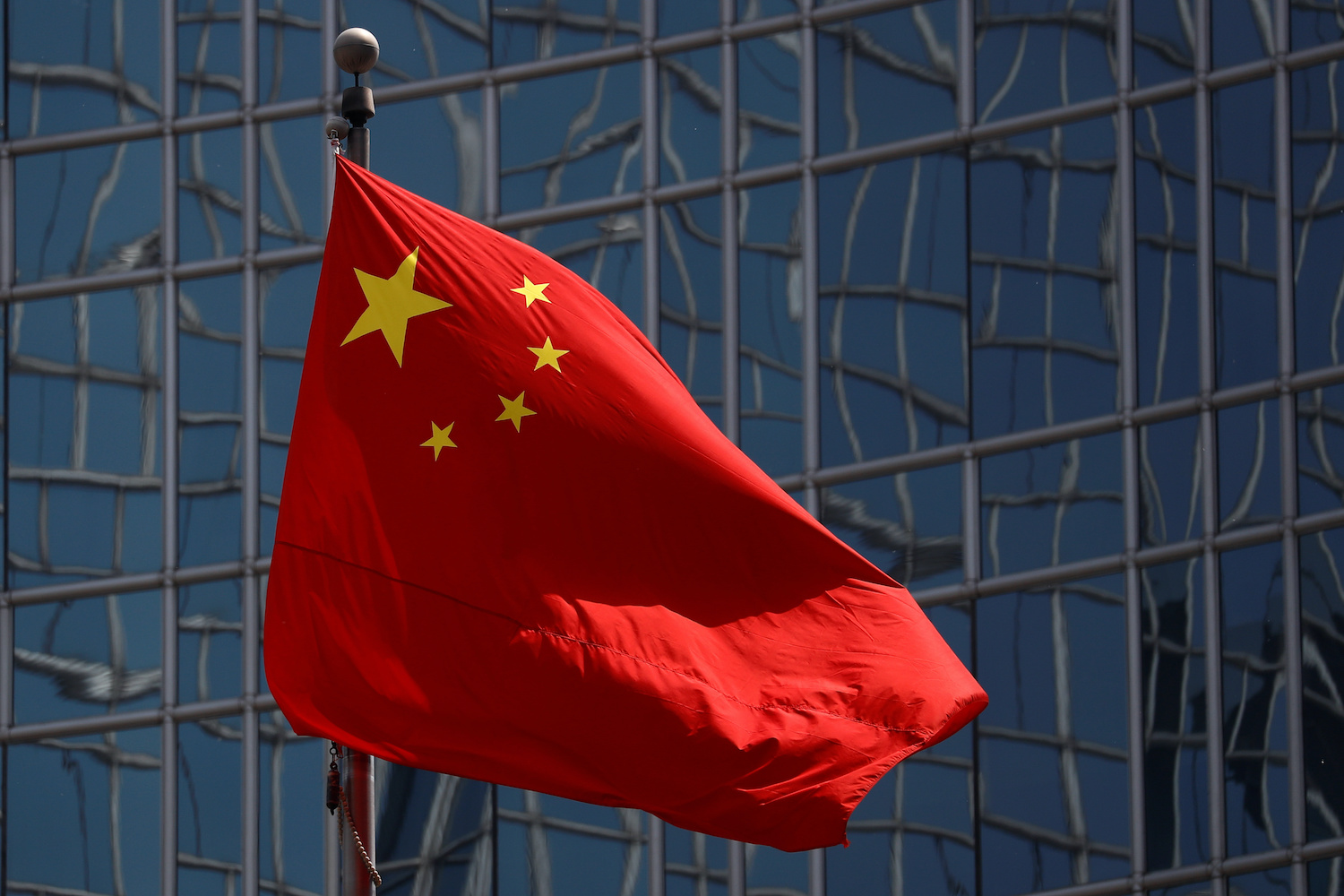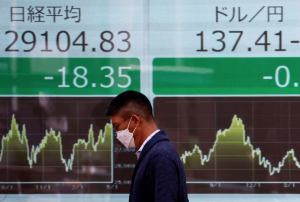(ATF) The violent sell-off in US Treasuries has boosted the lure of higher yielding assets such as Chinese and Indian bonds which have historically had low correlation and are offering greater stability.
Foreign investors have bought a net $41.5 billion of Chinese bonds since the start of the year, already about a third of what they did in all of 2020. Inflows into other emerging Asia bond markets this year are $2.8 billion, or 61% of last year’s total.
“The compelling feature for Chinese bonds, especially central government bonds, is the additional yield pickup they offer versus US Treasuries and even more so versus other developed market sovereign bonds,” Mark Haefele and Min Lan Tan of UBS Global Wealth Management said in a report.
UBS Global Wealth Management’s report also underlined the 185 basis point pickup Chinese 10-year government bonds offered over comparable US Treasuries and the 250 basis points differential between Chinese and US high yield bonds, despite the same average credit rating.
“In a world of very low interest rates, this yield pickup should continue to attract global investors.”
The rise in long-term yields in major economies to multi-year highs is reminiscent of the 2013 taper tantrum, except that India, Indonesia and others in Asia aren’t seeing the selloff in bonds and currencies they did back then.
Now, with the backing of stronger economies, less profligate governments and healthier current accounts, the region is becoming a refuge for yield seekers.
“Emerging markets Asia is attractive from a relative value perspective,” said JC Sambor, head of emerging markets fixed income at BNP Paribas Asset Management in London.
‘More value’
“We think there is more value in high yield. We think it is fundamentally mispriced,” he said, referring to the cheapness of bonds in markets such as China.
Technicals favoured Chinese bonds too after China lowered its fiscal deficit target to 3.2% of GDP in 2021, down from 3.6% of GDP in 2020. This in turn translated into lower central government bond supply at 2.75 trillion versus last year’s 4.1 trillion. Local governments’ bond issuance quota is set at 4.47 trillion, also lower than 2020’s 4.75 trillion.
The pick-up is greater in the case of sub-investment-grade bonds.
Bank of America’s high-yield Asian emerging markets index shows spreads are 671 basis points above Treasuries, versus a spread of 330 basis points for high-yield US credit, effectively an additional payout of more than 300 basis points.
For investors who are more risk averse, government debt from China, Indonesia, and India offer spreads from 170 to 500 basis points over Treasuries, so the carry pick-up is “significant,” says Joevin Teo, head of Asian fixed income at Amundi Singapore.
Some asset managers expect these inflows to continue over the longer term as shell-shocked investors recover from their losses on Treasuries and euro-denominated debt and see the case for Asian bonds.
Global emerging market credit totals around $1.4 trillion, and Asia makes up the lion’s share of this market, but investors are missing out because they rely on benchmarks that understate Asia’s size, says Paul Lukaszewski, head of corporate debt for Asia-Pacific at Aberdeen Standard Investments in Singapore.
Sambor at BNP Paribas said he prefers Chinese hard-currency corporate debt, which is denominated in dollars, for the added layer of protection. Other investors wary of currency risk also say they prefer dollar-denominated bonds.
“Given the levels of yields in places like Germany, it doesn’t make sense to hold them in any decent size if the aim is to protect against volatility. For this, we have a positive view on bonds from Korea and China,” said Justin Onuekwusi, portfolio manager at Legal & General Investment Management in London.
While growing defaults in China has caused some concerns, this is seen as a sign of a maturing market which is able to efficiently allocate capital and has credit spreads indicating true risks.
“We believe the rising default rate is actually proof of the government’s deleveraging efforts to contain systemic risk and local governments’ greater tolerance toward defaults,” UBS’s Haefele and Tan said.
“In short, the government is allowing the market to regulate itself with less direct oversight. Evolving bankruptcy laws and workout processes point to a further maturing of China’s bond markets. Despite the lack of credit differentiation by the onshore credit agencies, market participants are able to distinguish between similarly rated issuers as reflected by credit spreads.”
(with inputs from Reuters)
























